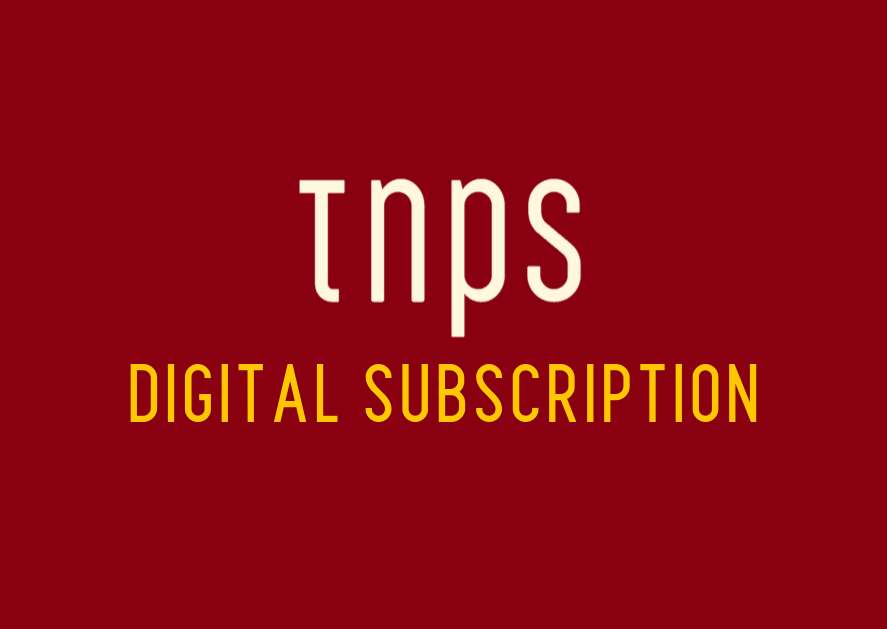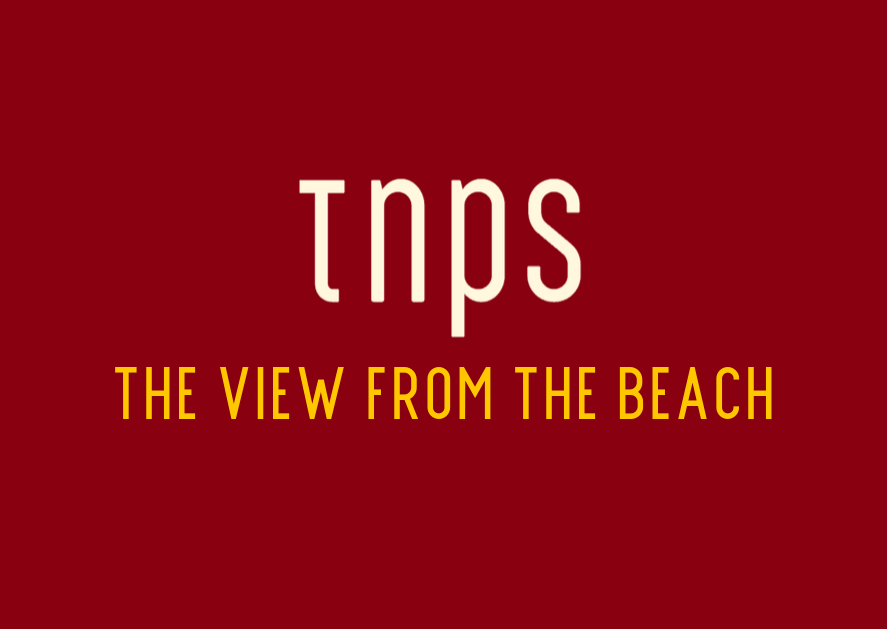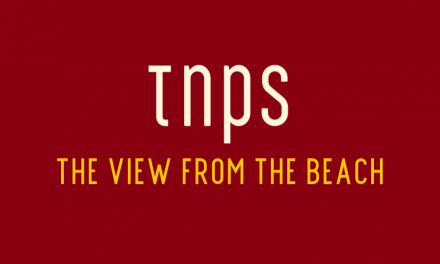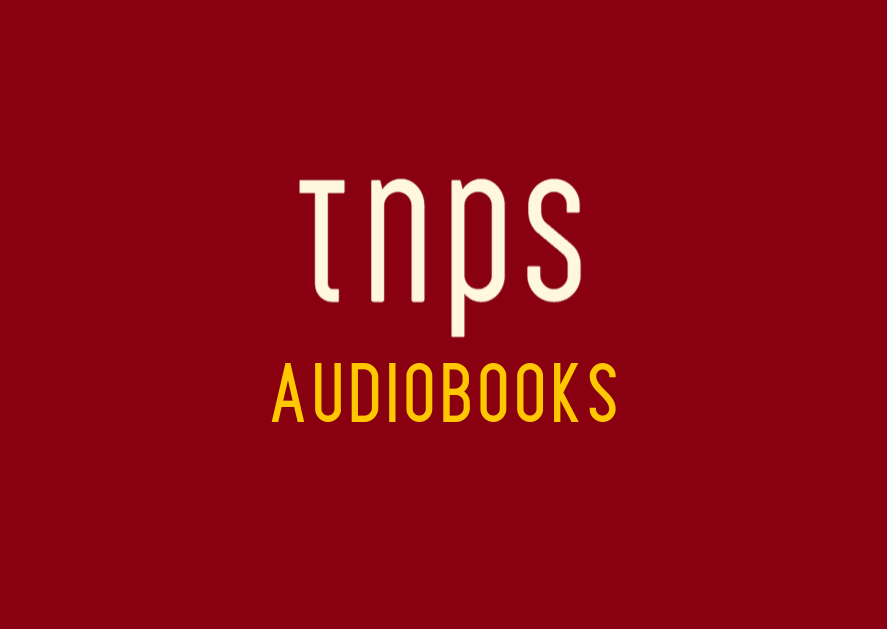Because alongside reach and discoverability, data is the big benefit of digital subscription, and why every publisher should be engaged.
Streaming’s share of TV in the US rose to 38.7% in July. Amazon Prime Video, Netflix and YouTube all hit record highs.
That’s per Nielsen’s The Gauge, which noted:
“An array of new original programs arrived on streaming platforms in July, but acquired content was the stand-out for the month (adding) the potential for less new original primetime content this fall (due to sports) presents a unique situation for broadcast and cable, but the recent success of acquired programming on streaming channels highlights the outsized strength of quality content, regardless of when it was created.”
In other words, backlist.
And this – backlist – is what makes streaming, whether it is TV, music or books, so invaluable. Making the backlist available and accessible on demand at a single stroke is what separates bricks & mortar and a la carte online platforms (print or digital) from the streamers, both for consumers and for publishers.
Original content is important, of course, and streaming platforms are right to invest, but original and owned content (content acquired and exclusive to the platform) is primarily about market share. About enticing the consumer away from rival platforms.
Of course, streaming is still relatively new and there is absolutely real growth to be had at the expense of traditional TV, but market share is the biggie, just as with publishing. Yes, there are always new readers out there, but mostly it’s about stealing eyeballs from one publisher’s titles and authors to another. Rather like supermarket or fuel station advertising. Neither incite consumers to buy more food or drive more miles. It’s all about market share. But totally unlike supermarkets or fuel stations, for TV, music and books it is all about backlist.
Backlist – as original frontlist content is by definition destined to become – is the mainstay of the content industries, be it TV, music or books. No bookstore survives, let alone thrives, just by selling the latest releases and the new bestsellers. The failure of Amazon’s bricks & mortar bookstores testifies to that.
The era of the mega bookstore was driven by the power of the backlist. By making more content available, more consumers were enticed to hand over more dollars because discoverability was enhanced multi-fold. Their downside was that they were few and far between, and could never compete with the home-shopping convenience of the rising star that was Amazon, nor the personal service of a regular bookstore with limited backlist.
Thad McIlroy waxed lyrical about the backlist in 2021: “Backlist matters for two simple and connected reasons: it’s two thirds of what people buy, and it’s markedly more profitable for publishers, with better margins and fewer returns from bookstores. Period.”
Two-thirds here being 67%, per Publishers Weekly at the time, up from 65% the previous year. It was 57% in the UK.
The numbers will vary each year, but the overall picture is clear. While mega-selling titles from Big Name and Celebrity authors steal the industry headlines and drive the wannabe writers, it is mid-list and backlist authors that most publishers actually survive on. It is backlist that most authors survive on.
McIlroy’s post is a must-read for its deep dive into what the backlist can mean for publishing, but digital subscription isn’t touched upon there. Quite understandable, because digital subscription plays so little a role in US publishing.
Or rather, in mainstream US publishing. A reminder here that Amazon’s Kindle Unlimited has already, in the first half of this year, forked out over a quarter billion dollars in royalties to self-publishers using its ebook subscription service.

Kinde Unlimited also provides the (far-from-perfect) backlist platform for APub’s backlist, and for the handful of mainstream publishers that use the service. But of course most publishers eschew KU, first and foremost because they do not have a rational understanding of what unlimited subscription brings to the table, and also because it would just hand even more control of the ebook market to Amazon.
Meantime publishers do exactly that with Audible, the rationale here being audiobooks do not cannibalise print in the way ebooks supposedly do (that’s another debate for another time) so Amazon is not audio’s big bad wolf in the way it is with print and ebooks.
Audible, of course, (mainly) operates on a strictly limited subscription model that rather favours frontlist. If you are committed to auto-pay $14.95 per month and can pick any title, even one of twice that value or more, then inevitably you select the highest-costing frontlist title that rocks your boat. You’d be crazy not to.
That in turn skews participating publisher perception of what backlist benefits the service brings.
Elsewhere (Scribd, for example), to the extent that publishers put titles into unlimited subscription services at all, these are pretty much all backlist, so there is no meaningful comparative data for the impact of unlimited subscription or monthly credit subscription on frontlist vs backlist.
Keeping Big Name frontlist titles away from unlimited subscription makes short-term economic sense. No question the standard pay-out is less for a subscribed download than for an a la carte sale of a highly priced title. Any publisher would think twice about putting a title in unlimited subscription when it will sell at a very profitable a la carte price.
But to keep all titles – including deep backlist – off unlimited subscription, as Penguin Random House did under Markus Dohle’s “I-made-a-bet-on-print” leadership, benefitted no-one. His message to authors – I’d rather give you 100% of nothing than X% of something, so as to safeguard my bet on print – was designed to deliberately undermine subscription services that Dohle deemed a clear and present danger to the status quo.
This, after all, was the man who told a US Court that subscription would kill off bricks and mortar book retail in three years if PRH was not allowed to buy Simon & Schuster and save the industry.

It remains to be seen just how enlightened the new PRH CEO Nihar Malaviya is in this respect, but we can hope PRH will be re-examining and re-evaluating all of Dohle’s decisions of the last few years in light of the Court debacle.
Other publishers need to similarly re-evaluate their position on subscription as consumers become more and more accustomed and comfortable with this consumption model.
That doesn’t mean they should go all in with unlimited subscription. But a rational transition strategy that looks objectively at what the different subscription models and platforms can bring to the table is the much-needed first step.
And if a publisher finds a particular subscription platform is not ideally suited, or is not willing to share invaluable consumption data (Kindle Unlimited qualifies as not best suited on both counts, and Audible certainly on the latter), then find a platform or service that is and does.
While audio-focussed, the Audio Mini Conference – part of the Publishing Perspectives Forum at this year’s Buchmesse and moderated by Nathan Hull – will be a good place to start. Hull’s Beat Technology is a good example (there are others!) of subscription platforms sharing maximum data with publishers, and that can work equally well with ebooks as audio.

Because alongside reach and discoverability, data is the big benefit of digital subscription, and why every publisher should be engaged.
UPDATE: The aforementioned Nathan Hull pointed to an article he wrote recently for PublishNews, the Brazil trade journal (OP in Portuguese).
In said article, Hull says more than 80% of audio consumption he is seeing across the ten European market subscription platforms Beat Technology powers is backlist. “As a whole, less than 20% of listening time spent on services comes from frontlist titles (adding) as for all their pomp and fanfare, frontlist audiobooks seem to underperform perceived expectations.”
Nor is the data limited to backlist vs frontlist. Hull shares with us that, for example, “in the last two years, there has been a 200% growth in searches for narrator names, which indicates a trend towards fidelity to a specific voice. This statistic also applies to both “unknown” voices and well-known names.”
This is invaluable data that really rams home the value of publisher-friendly subscription platforms. Check out the PublishNews post too for Hull’s comments on AI.
#digitalstreaming #digitalsubscription





